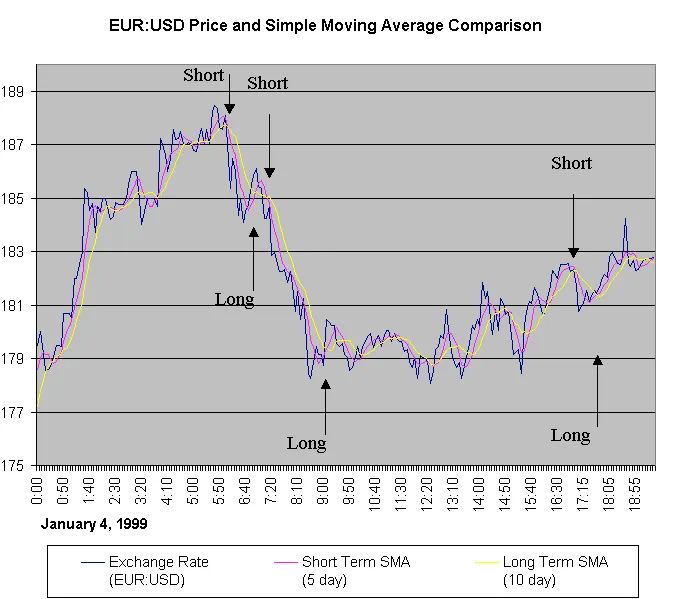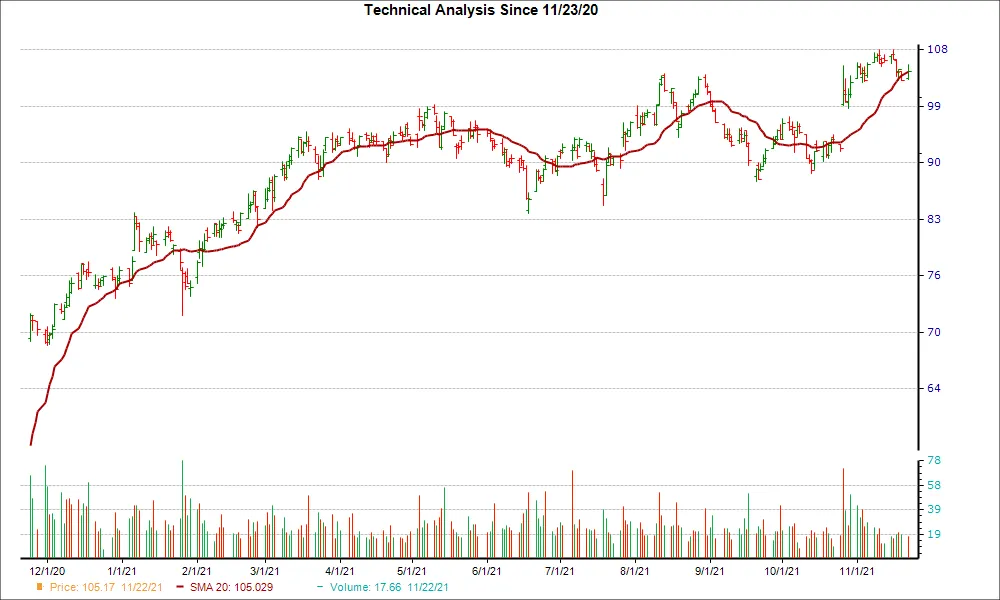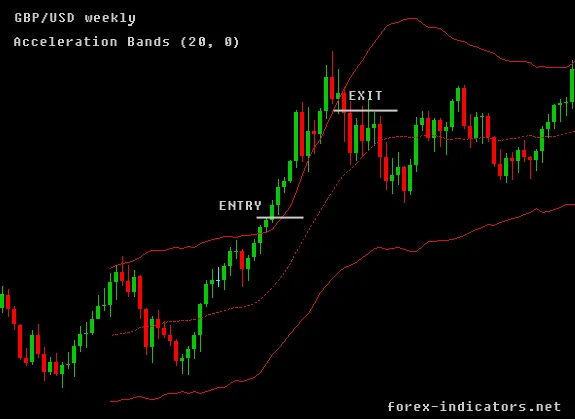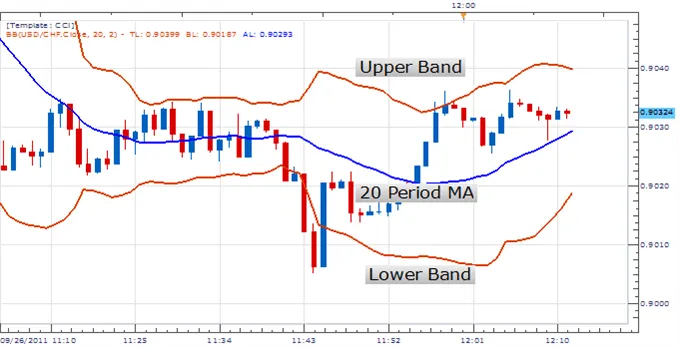Camarilla Points Strategy
By Samantha Baltodano
TL;DR:
The Camarilla Points Strategy is a technical analysis tool that uses ten levels of support and resistance to help traders identify potential trade signals and exit points in range-bound markets.
This strategy is based on the principle of Pivot Points but provides more comprehensive information about the market.
The four support and resistance levels are calculated using the High-Low range and Close price on the time frame under consideration. Traders can use these levels to make trading decisions, and four stop-loss levels are provided to limit losses.
By exercising discipline and risk management, the Camarilla Points Strategy can help traders improve their trading results.
What Is The Camarilla Points Strategy?
Are you a trader looking to navigate range-bound markets? If so, the Camarilla Points strategy might just be the tool you need.
Developed by Slawomir Bobrowski, this strategy helps traders identify key support and resistance levels that can be used to determine trade signals and exit points.
Now, let me break this down for you in plain English.
The Camarilla Points strategy is a tool that can help you make smarter trading decisions in markets where the prices are moving within a certain range.
With this strategy, you can identify specific levels where the market is likely to bounce back or break out, giving you a clear idea of when to buy or sell a stock.
What sets the Camarilla Points strategy apart from other trading tools, like Pivot Points, is that it gives you not just one, but TEN different levels of support and resistance. This means you'll have a more comprehensive picture of the market, and can make more informed decisions about when to buy or sell.
So, if you’re interested in learning how this works, keep reading.
Support and Resistance Levels
These ten support and resistance levels include: four define support zones, four define resistance zones, and two are used for breakout handling. These levels are calculated using the High-Low range and Close price on the time frame under consideration, using specific coefficients.
Let’s quickly dive into these levels and their calculations.
Don’t worry about memorizing this, by the end of this I’ll share a link so you can get trade signals for this exact strategy with zero work and zero coding necessary.
The four support and resistance levels are known as S1, S2, S3, S4, R1, R2, R3, and R4. The two breakout levels are known as H1 and L1.
To calculate these levels, we first need to determine the High-Low range (HL), which is the difference between the High and Low prices of the period being analyzed. We also need to determine the Close price (C), which is the closing price of the same period.
Once we have these values, we can use the following formulas to calculate the various Camarilla Points levels:
- R4 = C + (1.1 * HL / 2)
- R3 = C + (1.075 * HL / 2)
- R2 = C + (1.05 * HL / 2)
- R1 = C + (1.025 * HL / 2)
- S1 = C - (1.025 * HL / 2)
- S2 = C - (1.05 * HL / 2)
- S3 = C - (1.075 * HL / 2)
- S4 = C - (1.1 * HL / 2)
- H1 = (2 * C) - L
- L1 = (2 * C) - H
That’s all there is to it!
How to Trade with Camarilla Points
Now that you’ve seen the math you’re probably wondering how does this strategy work in practice?
Well, let's say the market opens within the S3-R3 range. This is a signal that a trend reversal may be imminent. To take advantage of this, you could wait for the market to close below S3 and buy.
Alternatively, if the market closes above R3, you could sell your positions.
On the other hand, if the market opens outside the S3-R3 range, it means that the trend is likely to continue. In this case, you would wait for the market to close above S3 before buying. If the market closes below R3, you would sell your positions.
Of course, trading always involves risk, and the Camarilla Points strategy is no exception. That's why it's important to use stop-loss levels to limit your losses - but don’t worry, these are already built into this strategy.
The strategy provides four stop-loss levels: S1, S2, S3, and S4. When the Low price falls below S4 or the High price gets above R3, a Long Exit signal is given. Conversely, when the High price rises above R4 or the Low price falls below S3, a Short Exit signal is given.
–
The Camarilla Points strategy is not just a simple technical analysis tool. It involves complex mathematical calculations that can be challenging to master. But with practice, it can become a valuable addition to any trader's toolkit.
Remember, no strategy is foolproof, so it's always a good idea to use other technical indicators and analysis to confirm the signals generated by the Camarilla Points strategy. By exercising discipline and risk management, this strategy can help you improve your trading results in range-bound markets.
Test The Camarilla Points Strategy
As promised…
You can back test this exact strategy on historical data for any of your favorite symbols using TradingView.
This strategy has already been built and all you have to do is log in and take it for a spin. You can access this indicator here.
If that’s not enough for you there are many more scripts built out already using different variations of this strategy. You can find those here.
If you’re new to back testing and to TradingView, don’t worry. I created a step-by-step guide you can follow to begin testing the Camarilla Points Strategy.
Summary
- The Camarilla Points strategy is a tool that helps traders make smarter trading decisions in range-bound markets.
- It identifies specific levels where the market is likely to bounce back or break out, giving traders a clear idea of when to buy or sell a stock.
- The strategy uses ten different levels of support and resistance, providing a more comprehensive picture of the market.
- The four support and resistance levels are known as S1, S2, S3, S4, R1, R2, R3, and R4. The two breakout levels are known as H1 and L1.
- To use this strategy, traders can wait for the market to close above or below specific levels and then enter a trade accordingly.
- Stop-loss levels are built into the strategy to limit losses.
Camarilla Points is just one of many strategies that Archaide automates. For a full list of strategies and studies available click here.
Like what you read? Check out the rest of our content!




